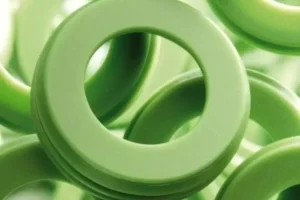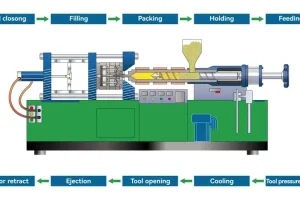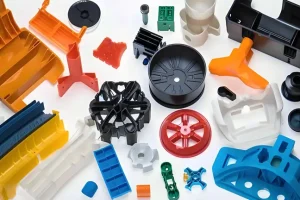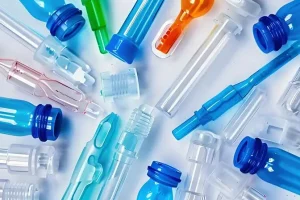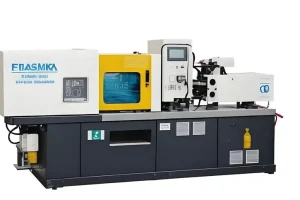Manufacturing plastic products is no small task. The process requires a careful eye to the detail, as each design must meet intricate criteria for functionality and strength while also being aesthetically appealing.
Designers have an array of rules at their disposal that help guarantee successful outcomes by ensuring any product created can stand up to its intended use.
1. Draft angles
Designing with plastic requires taking into consideration the rule of draft angles.
This guideline stipulates that surfaces intended for injection molding must be inclined in order to facilitate releasing them from the tool after they cool and shrink, thus preventing defects caused by sticking.
The angle needed depends on multiple factors such as plastic type, product size or injection mold process; commonly requiring a range between 1-3 degrees.

2. Wall thickness
To ensure a successful plastic design, the Rule of Uniform Wall Thickness is critical. This rule highlights that walls should be constructed with even thickness throughout to maximize process efficiency and guarantee optimized product strength and longevity.
If not adhered to its repercussions can range from weak end-products caused by inadequate injection mold filling or increased production timelines due to slower cooling times when walls are over-thickened – both costing time and money for producers!
When it comes to plastic parts and components, their wall thickness must be carefully considered for structural integrity.
The precise amount depends on multiple factors such as the material used, size of part, or intended application – a small simple piece may require 0.5mm while more intricate designs might need 1.5m or greater minimum nominal thicknesses.

3. Fillets and chamfers
The use of fillets and chamfers in plastic design is an essential rule to ensure the part’s longevity.
These features act as stress absorbers, distributing loads more uniformly throughout its body which reduces the risk of failure or cracking – particularly where sharp corners are subject to high stresses or are exposed to heavy loading conditions.
Whenever possible implementation should be considered; it could mean the difference between a well-functioning component and one that quickly fails under duress!
4. Avoid sharp corners and abrupt changes in cross-sectional area
To ensure the strength of a part, it is important to consider its cross-section. Sharp notches and sudden changes can cause stress concentrations which weaken the design; instead, carefully curving any transitions helps distribute forces more evenly through the piece.
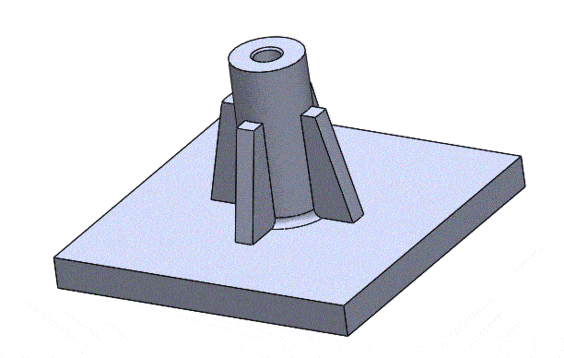
5. Avoid sharp notches or sudden changes in cross-section
To produce strong parts, any changes in cross-section must be made with a gentle transition. Sharp notches or abrupt developments can lead to localized concentrations of stress and compromise the strength of the part overall. For optimal results, ensure all transitions are gradual – promoting an even distribution across the entire piece.
6. Avoid overhangs
Be mindful of the effects that overhangs can have on your designs. Without proper support, these sections may warp or crack during production and in use, resulting in a weaker part than originally intended.
Fortunately there are methods to reinforce these areas for greater stability; intentional designing with ribs or other supports should be utilized whenever necessary to ensure success.

7. Undercuts
Undercuts can be a difficult challenge for injection molding, but they are important to consider when designing plastic parts. Specialized techniques and additional tooling may need to be employed in order to create them successfully – avoiding or minimizing their impact on the process is key.
8. Reinforcement
Reinforcement is a go-to solution when designing plastic components to increase performance and reduce potential failure; this concept demands extra attention in parts likely to be exposed to high levels of stress or strain.
To reinforce these parts, designers can add ribbing, gussets and other structures into the part structure during injection molding or utilize inserts post-molding for increased strength without compromising form.
Ultimately, reinforcement serves an essential role in guaranteeing optimal lifetime performance from any given component.
9. Allow for shrinkage
After being forged in an injection mold, all plastics undergo a process of contraction as they cool and solidify. This phenomenon can have an impact on the size of finished parts relative to their original design, necessitating designers to take shrinkage into account for precise fitment and functionality.

Conclusion
The art and science of plastic design requires informed decisions be made to ensure the strength, resilience, and functionality of a product’s parts.
Adhering to established rules helps manufacturers engineer reliable components that stand up against wear-and-tear for maximum longevity.


